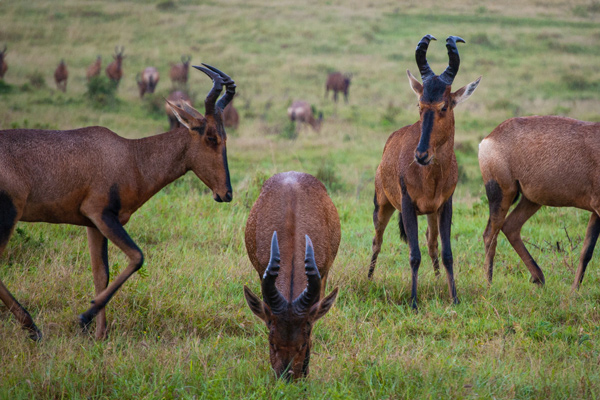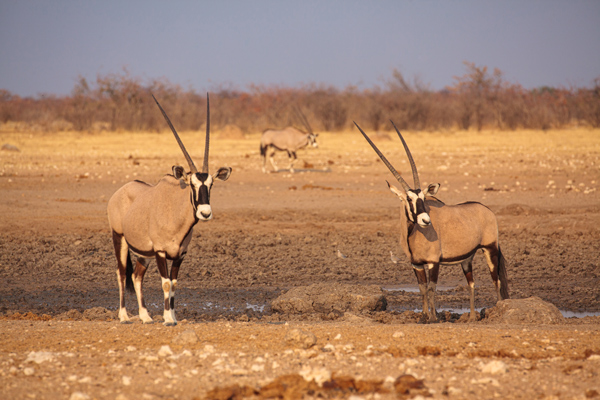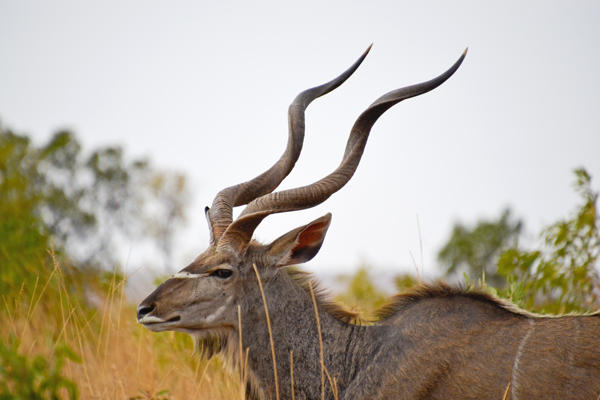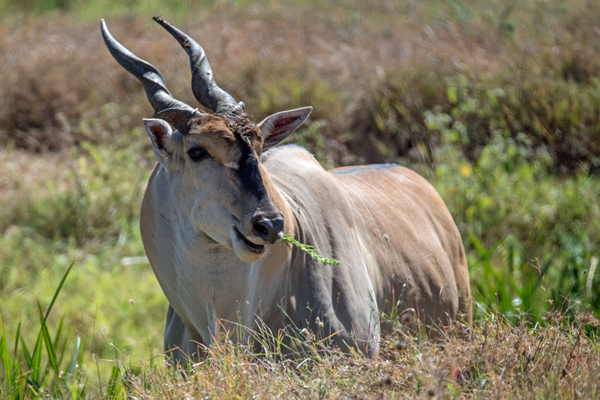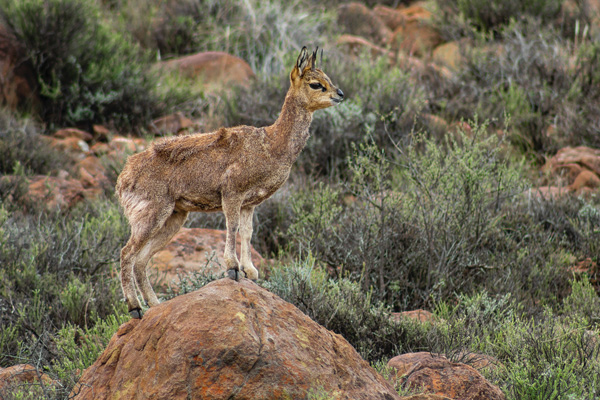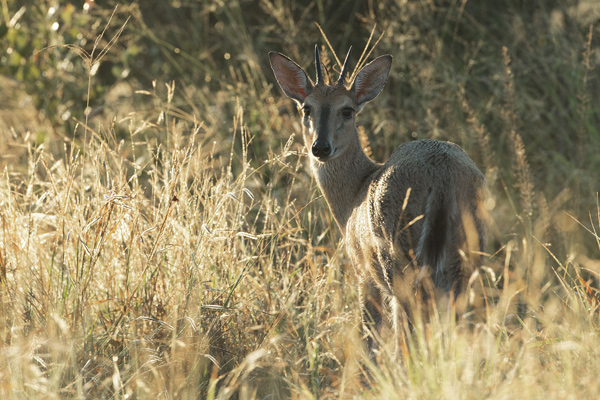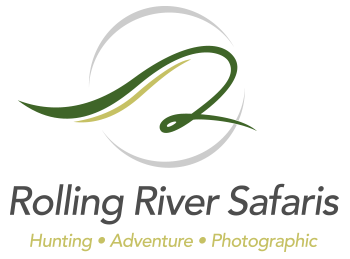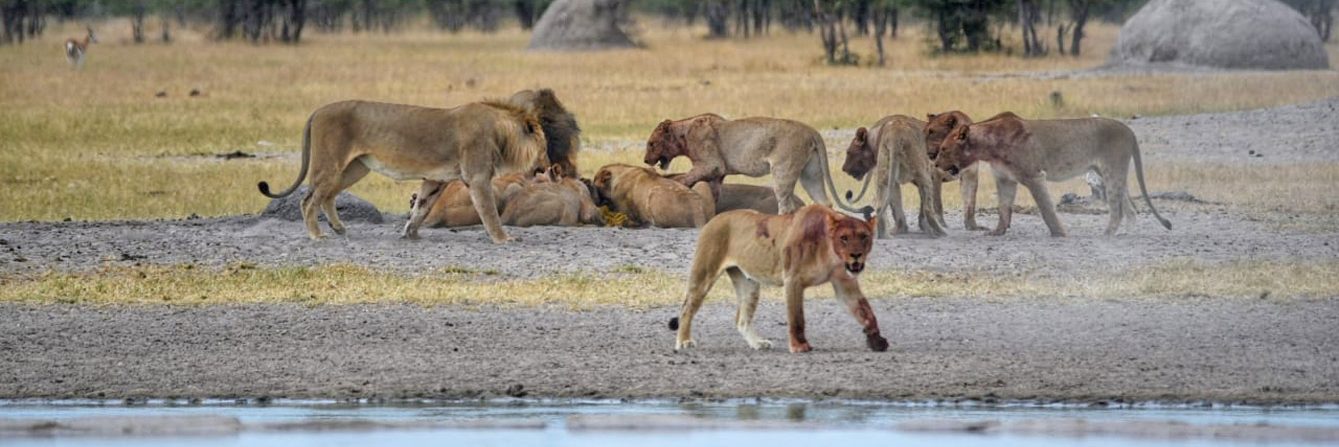
South Africa is a medium-sized country, with a total land area of 1.22 million square kilometers (470,693 squ. miles), or roughly one-eighth the size of the US, twice the size of France and over three times the size of Germany. It measures some 1,600km (960 mi) from north to south, and roughly the same from east to west. The country has a population of 50.1m people with 11 official languages including English, Afrikaans, Sesotho, Setswana, Xhosa and Zulu.
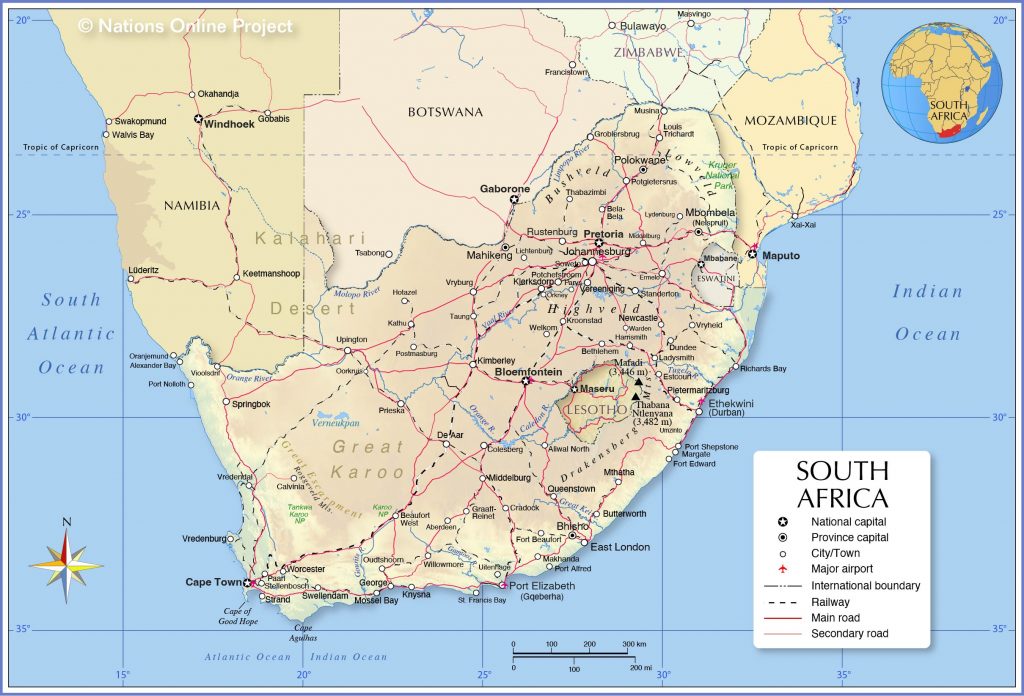
South Africa occupies the southern tip of Africa, its long coastline stretching more than 2 500km (1,500 mi) from the desert border with Namibia on the Atlantic coast, southwards around the tip of Africa, then north to the border with subtropical Mozambique on the Indian Ocean. The low-lying coastal zone is narrow for much of that distance, soon giving way to a mountainous escarpment that separates it from the high inland plateau.
The cold Benguela current sweeps up from the Antarctic along the Atlantic coast, laden with plankton and providing rich fishing grounds. The east coast has the north-to-south Mozambique /Agulhas current to thank for its warm waters. These two currents have a major effect on the country’s climate, the ready evaporation of the eastern seas providing generous rainfall while the Benguela current retains its moisture to cause desert conditions in the west.
A subtropical location moderated by ocean on three sides of the country and the altitude of the interior plateau, makes South Africa a warm and sunny country. But it’s also dry, with an average annual rainfall of about 464mm (18 inches). While the Western Cape gets most of its rainfall in winter, the rest of the country is mostly a summer-rainfall region.
On dry land, going from west to east, South Africa shares long borders with Namibia and Botswana, touches Zimbabwe, has a longitudinal strip of border with Mozambique to the east, and lastly curves in around Swaziland before rejoining Mozambique’s southern border. In the interior, nestled in the curve of the bean-shaped Free State is the small mountainous country of Lesotho, completely surrounded by South African territory.
Although the country is classified as semi-arid, it has considerable variation in climate as well as topography. The great inland Karoo plateau, where rocky hills and mountains rise from sparsely populated scrubland, is very dry, and gets more so as it shades in the north-west towards the Kalahari Desert. Extremely hot in summer, it can be icy in winter. Further north and to the east, especially where a drop in altitude beyond the escarpment gives the Lowveld its name, temperatures rise. The Tropic of Capricorn slices through the extreme north. This is also where one finds the typical South African Bushveld of wildlife fame.
Winter in South Africa (May to July) is characterized in the higher-lying areas of the interior plateau by dry, sunny, crisp days and cold nights. So it’s a good idea to bring warm clothes.
The hot, humid KwaZulu-Natal coast, as well as the Lowveld (lower-lying areas) of Mpumalanga and Limpopo provinces, offer fantastic winter weather with sunny, warmish days and virtually no wind or rain.
The Western Cape gets most of its rain in winter, with quite a few days of cloudy, rainy weather. However, these are always interspersed with wonderful days to rival the best of a British summer.
The high mountains of the Cape and the Drakensberg in KwaZulu-Natal usually get snow in winter.
Available species
- African Wildcat
- Baboon
- Bat-eared fox
- Blesbuck – Common & White
- Buffalo – Cape
- Bushbuck
- Caracal
- Civet Cat
- Duiker – Common & Red
- Eland
- Elephant
- Gemsbok (Oryx)
- Genet Cat
- Giraffe
- Grysbok – Cape & Sharpe’s
- Hartebeest – Red
- Hippo
- Honey Badger
- Impala
- Jackal
- Klipspringer
- Kudu
- Lechwe – Red
- Leopard
- Nyala
- Oribi
- Reedbuck – Common & Mountain
- Roan
- Sable
- Serval Cat
- Springbok – Black, Common,
Golden, White - Steenbuck
- Suni
- Tsessebe
- Vaal Rhebuck
- Vervet Monkey
- Warthog
- Waterbuck – Common
- Wildebeest – Black & Blue
- Zebra – Burchell’s
General info
- Total land area: 1.22 million square kilometers
- Official Languages: 11 Official Languages, including English, Afrikaans and Zulu.
- Average annual rainfall: 464mm (18 inches).
